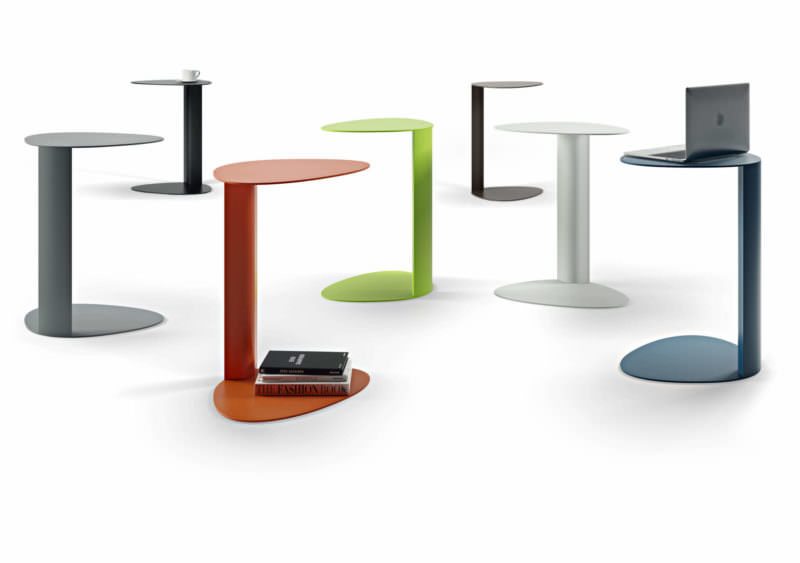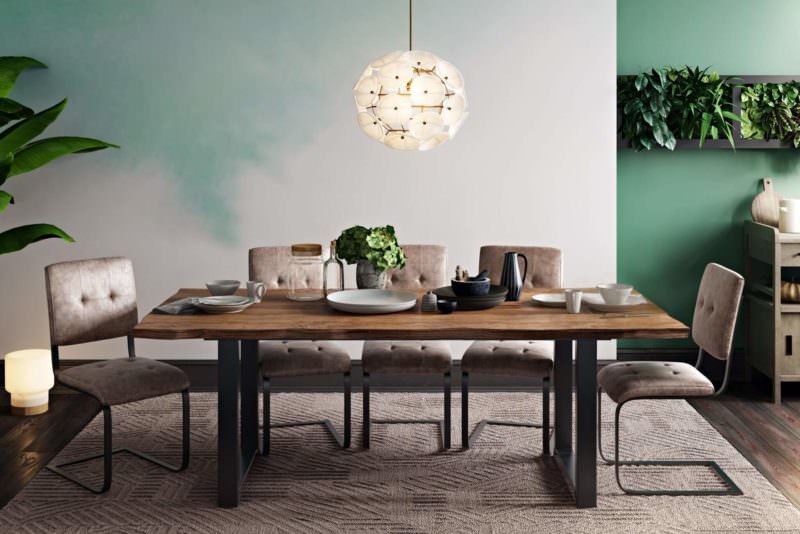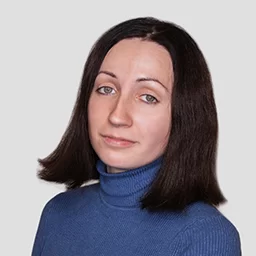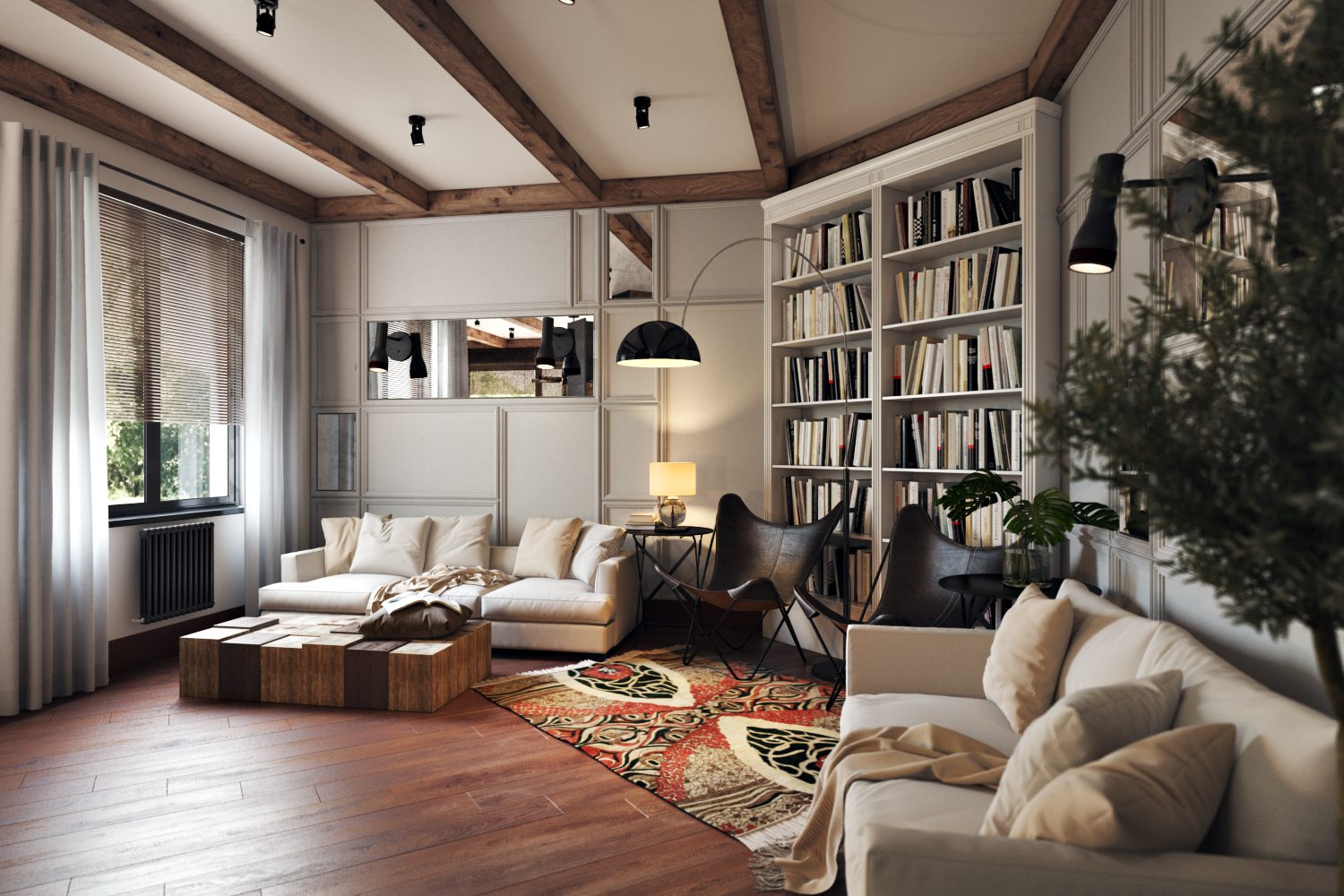Furniture Photography used to be the only choice for Marketing Visuals. So, to launch a new collection, Marketers called photography studios and that was it. The same was true for IKEA. Two years ago, however, the company revealed that most of the beautiful imagery in their catalogs is created with CGI services, both lifestyle and white background. Actually, 75% of images are photorealistic renders, and they are absolutely gorgeous. In fact, they are so stunning that according to the The Wall Street Journal, the number of IKEA catalogs going into print is two times more than that of the Bible. Isn’t that a success?
To make a transition from furniture photography to product visualization, IKEA put in a lot of effort. The company created its own team of 3D Artists that learned from CGI gurus in Bulgaria. What’s more, this in-house 3D studio had to learn photography to enhance the understanding of realistic lighting, color and composition. As a result, rendered images of their furnishings are virtually indistinguishable from real photos.

Moreover, the story goes that once, IKEA 3D Artists showed a number of mixed images to a 3D specialist – photos and renderings. He said that some of CGI were absolutely terrible, so they needed to rerender them. But the images he picked were actually photos!
Why going into so much trouble? There must be reasons for which IKEA – much like Nobilia, Miele and many other companies – prefered product visualization rather than photos.
Is Rendering Better For Sales And Marketing Than Furniture Photography? That Is The Question
Let’s take a look at what both solutions offer and find out the reason for IKEA’s bold choice.
#1. Time Spent On Creation Of Marketing Visuals

This is an issue Marketers form Furniture companies are very sensitive to. Repercussions of missing the deadlines are huge: no images means no catalogs, no catalogs – no bulk orders from retailers, no online presentation of new collection, no new clients from Trade shows.
With Furniture Photography, companies go through a long workflow: furniture prototypes creation, shipping furnishings back and forth, waiting for the photoshoots to finish, then – post-production and finally, ready images. On average, shooting 15 armchairs takes at least 2 weeks.
Furniture Visualization has a totally different workflow. It contains only two points: specification of the project details and approval. What happens in between is up to the Marketer:
- he forgets all about the project till approval date
- he checks the intermediate results to make changes
Whichever works best for him. No photo shoots or shipments! Two options are possible here:
- The rendering studio models from scratch – requires some time
- The Marketer takes a picture of the prototype on the phone and sends to 3D company – even faster and cheaper
As well that, one should remember that in a big CGI Rendering Company, there are multiple teams available. So if the Marketer needs to speed up, he may ask for urgency. The project will be distributed between a few teams of 3D Artists. As a result – they’ll create images for the same 15 reasonably complex armchairs within 1,5 week.
This is one of the reasons why IKEA with its massive collections chose Furniture rendering: it gives a faster turnaround.
#2. Cost Of Furniture Photos And Visualization

Cost-effectiveness is another major factor to take into consideration. If the expenses are inevitable, that’s one thing. But what if Marketers can avoid or drastically reduce them for their companies? Definitely worth knowing.
If Marketers opt for furniture photography, there are some heavy expenses to meet. Here are the basic ones:
- Prototypes manufacturing. One needs to make every variation of the model – in all colors and shapes. It’s expensive and shamefully wasteful: the models will be thrown away afterwards
- Shipment. All these prototypes need to be transported to the location of photo shoots, which is often situated abroad.
- Rent. Companies need to find a place to store prototypes – before and after shipment. As well as that, one needs to pay for shooting in a castle in Bretagne, decor, crane to place the sofa on a stone beach for a perfect shot. And don’t forget about beautiful flowers, as well as trendy decor objects!
Imagine what it costed IKEA to manufacture every single piece of their collection… Ugh.
Now that we’ve looked at photos, let’s continue with product rendering. Since there are no shipments, there’s no need to spend money on transport, warehouses, cranes, furthermore, the decor is created digitally. Or chosen from 3D Modeling libraries – which makes things even cheaper.
Take your design presentation to a new level with interior rendering
#3. Effort Required For Furniture Photography And Visualization

Marketers usually have mixed feelings about new collection launch. They are both excited and fearful, because there’s a lot of stress ahead. So, is there any difference between furniture photography and CGI procedures in terms of workload?
When it comes to photoshoots, there are a lot of organizational issues: shipments to arrange, spaces to rent, finding the right studio… Of course, the Marketer can delegate this task to an Assistant. Still, he’ll be the one to bear responsibility if something goes wrong – say, the deadline is missed. So naturally, he is worried, possibly irritated throughout the whole process.
As for furniture visualization, there are only two points that need his active involvement: project details specification and approval of the end result. He may stay as involved as he wishes: ask to see intermediate results to comment on or leave to 3D Artists altogether.
#4. Flexibility: How Correction Process Takes Place

As professional as a Photographer or 3D Artist is, corrections always are a part of process. The question is – how convenient it is?
Speaking of furniture photography, correction process has limited possibilities: when the photo is done, it’s done. Besides a few tweaks and modifications, there’s nothing to do afterwards. If substantial changes are necessary, company organises a new photo shoot. Which is why finding a good contractor is vital!
With Furniture Visualizations, both Lifestyle and White Background, corrections are a usual thing. Changes can be as extensive as necessary. Want evening lighting in the space? Here you go. The chairs work better with sunset light? Let’s do this! Want to show the chair from another angle? Excited to help! Specify the task and get exactly what you want.
#5. Customization Options For Furniture Marketing Visuals

Furniture companies might want to show how terrific each item from new collection looks in various settings. Or that the marvelous dining table is available in different colors – to suite every type of kitchen!
What happens if visuals are created with photography? Each and every model is manufactured and shot in all the chosen settings.
With Furniture Lifestyle Visualization, it’s a totally different story. Here’s how it unfolds:
- 3D Artist creates 1 model, which can be changed easily afterwards. He can change material and color of the furniture piece, add accessories if necessary.
- He places the model in any number of interiors the client wishes. If that’s the case, there are 2 options as well:
- he creates a tailor-made scene
- he uses ready-to-use scenes from the rendering studio database – easy, fast and cost-effective
These are the factors that a Marketer needs to know to choose between furniture photography and 3D rendering. As you can see, the quality of renders and photos can be the same – owing to the infinite possibilities of 3D Max, Vray. But the cost and workflow make all the difference.
Showcase your architectural project like a true work of art, brought to life with cutting-edge AI-powered CGI technology.
For you to decide which solution works best for you and create amazing catalogs! To get high-end 3D architectural visualizations, contact ArchiCGI. Our 3D interior renderings company will make sure that your marketing visuals are ready on time and presented in the most impactful atmosphere. 3D Artists will create realistic images of your furniture which will look like photography, in as many different scenes as you like!

Irma Prus
Content Writer, Copywriter
Irma writes articles and marketing copy for ArchiCGI. Her dream is that more people discover the power of CGI for architecture. Irma is into neuromarketing, ruby chocolate and Doctor Who series.



